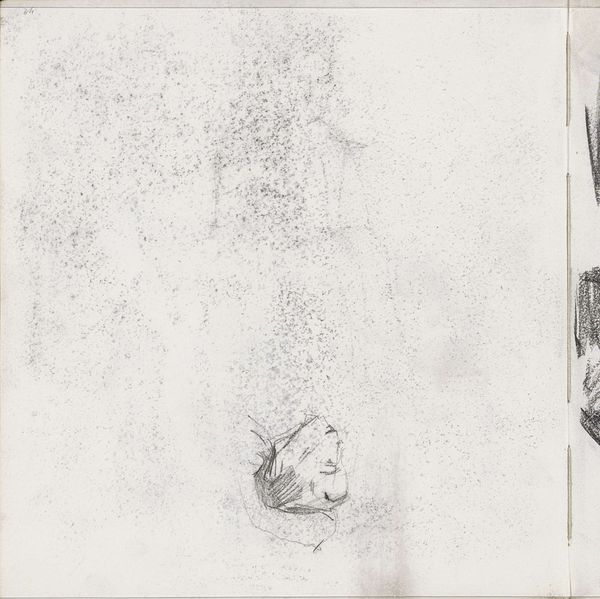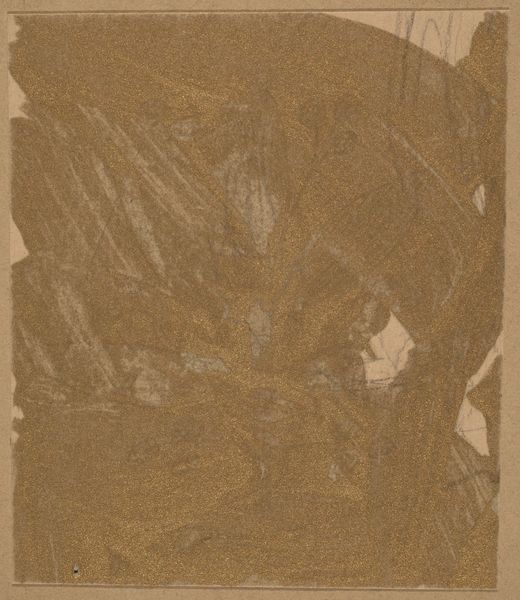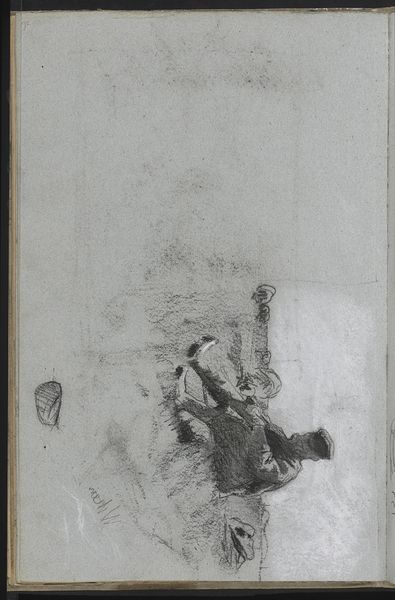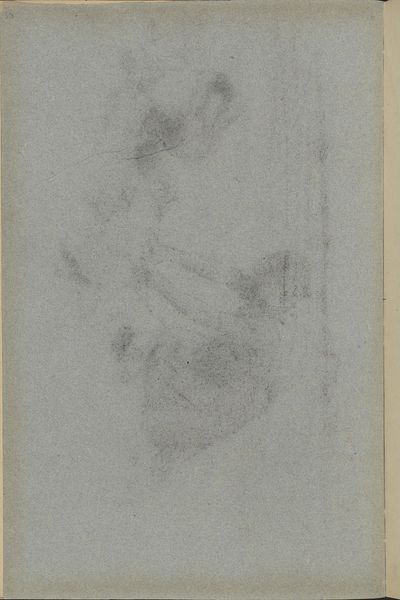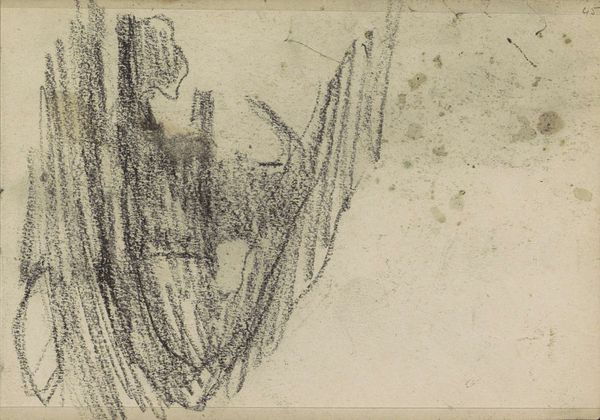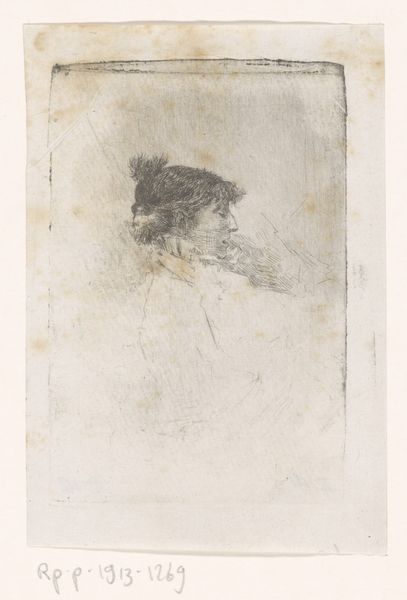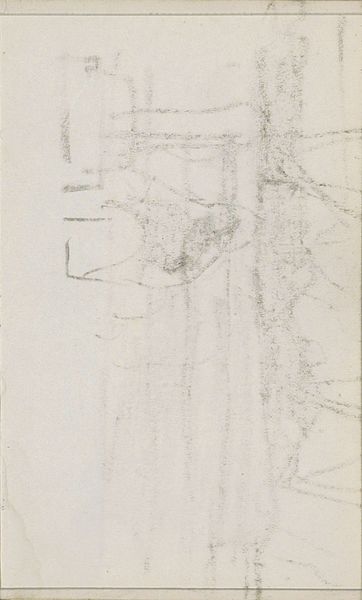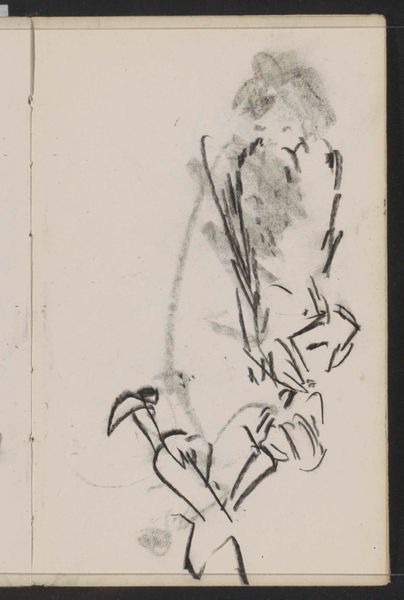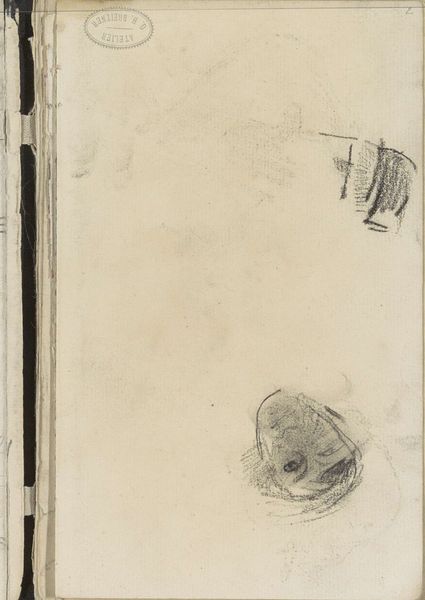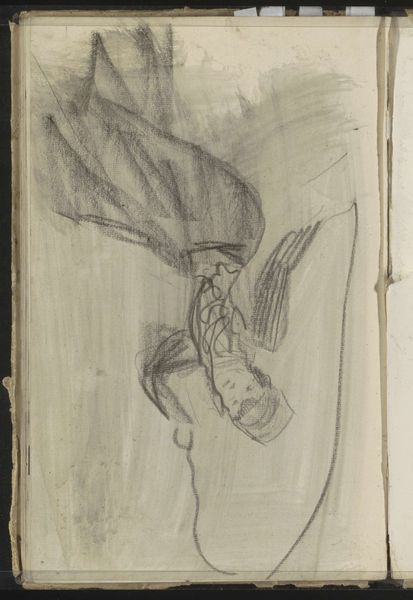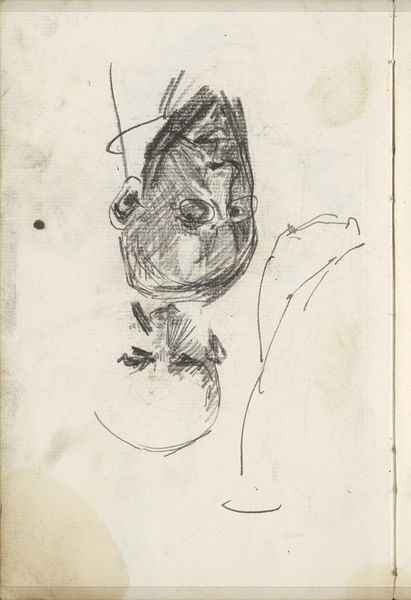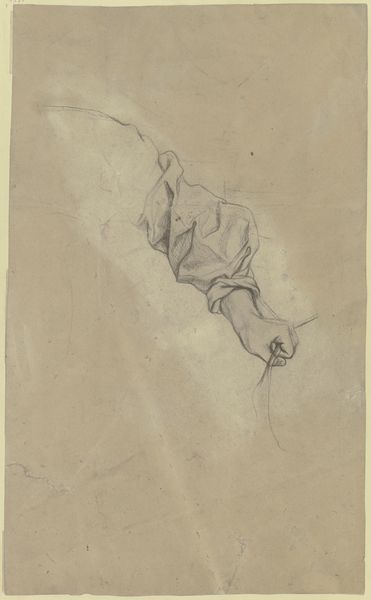
drawing, pencil
#
portrait
#
drawing
#
figuration
#
pencil
#
realism
Copyright: Public Domain: Artvee
Editor: So here we have James McNeill Whistler’s “Portrait of Frederick R. Leyland,” dating from around 1871-1873. It's a pencil drawing, and I’m struck by how unfinished it feels, almost like a fleeting impression captured on paper. What do you see in this piece? Curator: The beauty of this drawing lies precisely in its incompleteness. Note how Whistler uses varying pressure to create depth and texture. The dark, dense strokes around Leyland's head contrast sharply with the lighter, almost gestural marks defining his torso. It's a study in contrasts, wouldn't you agree? Editor: I do, but it also feels very... intimate. Like we're seeing Leyland in a very private moment. Curator: Precisely! And how does Whistler achieve this sense of intimacy, would you say? Is it the subject's gaze, perhaps? Or the fact that his hands are clasped, drawing the viewer into the emotional intensity suggested within his pose? Editor: It’s the lack of detail, maybe? It invites the viewer to fill in the blanks and imagine the complete figure. But tell me more about these ‘varying pressures’ in pencil work. How exactly do we decode or unpack this kind of information? Curator: By noticing the relationships created by these contrasts in pressure – the balance they strike on the plane of the page to evoke tone. Semiotics might give some keys to this idea: Pressure yields density. Density conveys gravity, perhaps... but it could be weight of responsibility, or maybe even something more literal, such as material solidity. It creates the sensation of depth. Editor: Fascinating. I hadn't considered it from that perspective before. Curator: And what, in your perspective, does this more structural interpretation elicit that might speak to you? How can we more formally consider the depth it achieves as not only representative, but substantive in its artistic weight? Editor: This emphasis on the formal qualities – the structure and composition – gives me a whole new appreciation for the drawing. Curator: Indeed. The real subject here is not just Leyland, but the very act of seeing and representing.
Comments
No comments
Be the first to comment and join the conversation on the ultimate creative platform.

